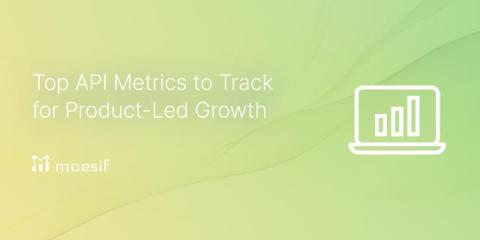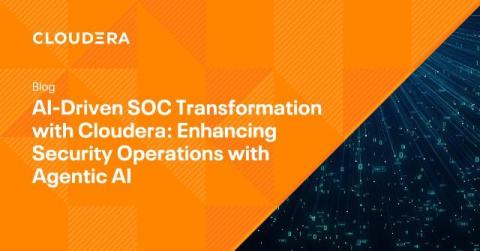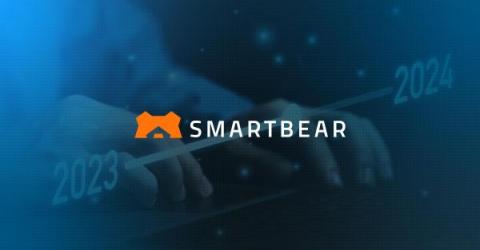How Australian Open handles realtime data delivery at scale
The Australian Open (AO) is one of the world’s premier annual sporting events. According to Tennis Australia, the 2024 edition - held over three weeks - reached over 558 million unique global viewers, a 57% increase from the previous year, and accumulated more than 2.17 billion cumulative viewers, up 24%. The event also attracted a record-breaking 1,110,657 fans to Melbourne Park.











